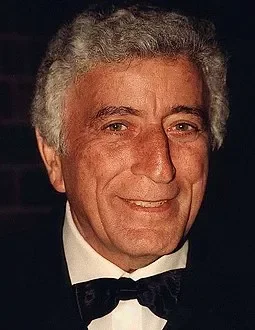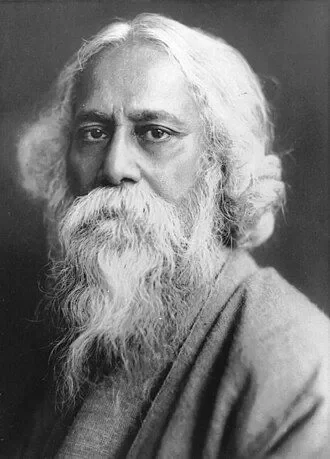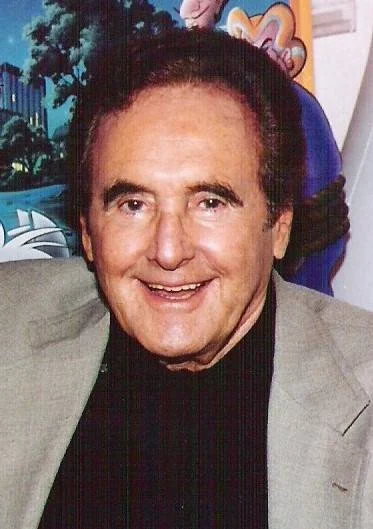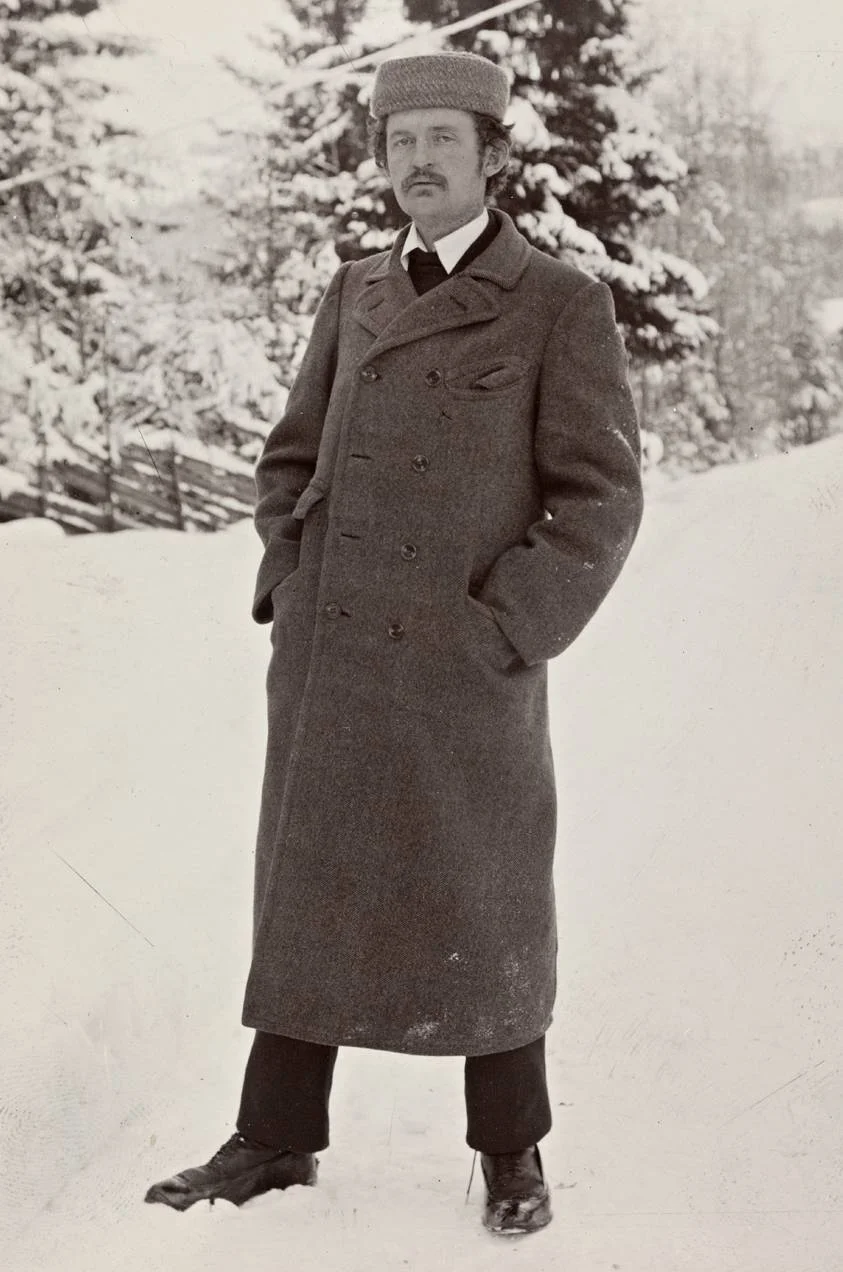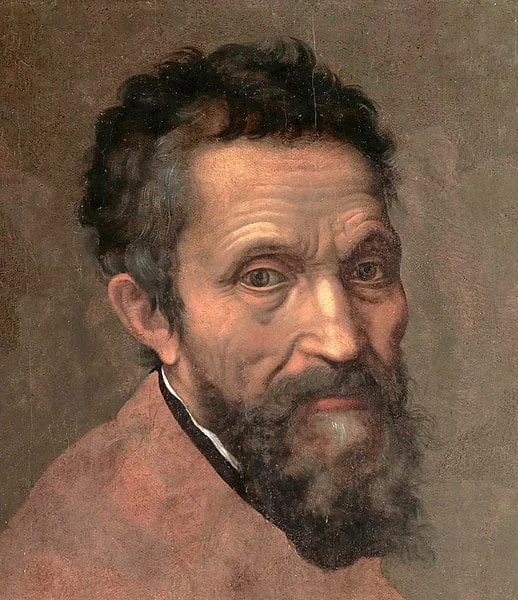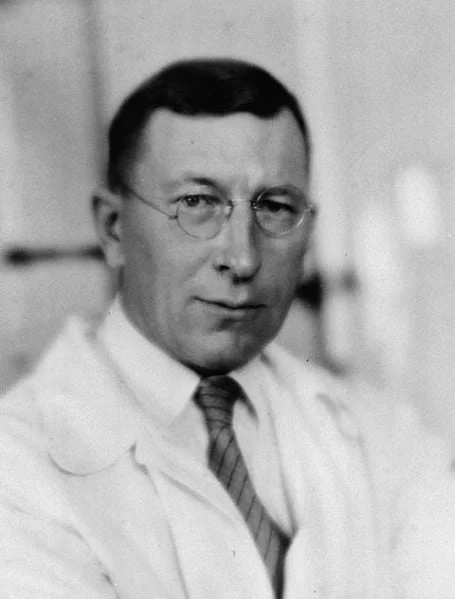Real Celebrities Never Die!
OR
Search For Past Celebrities Whose Birthday You Share

source:wikipedia.org
Vincent van Gogh
Birthday:
30 Mar, 1853
Date of Death:
29 Jul, 1890
Cause of death:
Gunshot wound
Nationality:
Dutch
Famous As:
Artist
Age at the time of death:
37
Early Life and Background
Vincent van Gogh was a Dutch post-impressionist painter who is widely recognized as one of the most influential figures in Western art. Despite his relatively short career, he produced a remarkable body of work that continues to captivate audiences around the world.
Vincent Willem van Gogh was born on March 30, 1853, in Zundert, a village in the southern Netherlands. He came from a family of art dealers and grew up surrounded by art. However, van Gogh did not initially pursue a career in painting. Instead, he worked as an art dealer in The Hague and London, immersing himself in the art world.
Decision to Become an Artist
In 1880, at the age of 27, van Gogh decided to become an artist. He moved to Brussels, Belgium, where he studied at the Royal Academy of Fine Arts. During this time, he focused on mastering techniques such as drawing and painting with watercolors. He also explored the works of artists like Jean-François Millet and Jules Breton, who influenced his later artistic style.
Van Gogh’s Paris Period
In 1886, Vincent van Gogh moved to Paris, a city known as the center of the art world. Here, he encountered the works of the impressionists, including Claude Monet and Camille Pissarro, who had a profound impact on his art. Van Gogh began experimenting with brighter colors, looser brushwork, and the depiction of everyday life.
Move to Arles and Artistic Flourishing
However, the bustling city life took a toll on van Gogh’s mental and physical health, and he experienced bouts of depression and anxiety. Seeking solace, he moved to the countryside, settling in Arles, in the south of France, in 1888. This period became one of his most productive and fruitful artistic phases.
Inspired by the vibrant landscapes and the intensity of light in Provence, van Gogh created some of his most famous works during his time in Arles. “The Starry Night,” “Sunflowers,” and “The Yellow House” are among the masterpieces that emerged from this period. He also developed a unique style characterized by bold brushstrokes and vivid colors, capturing the essence of his subjects with emotional intensity.
Mental Health Struggles
Unfortunately, Vincent van Gogh’s mental health deteriorated further, leading to a famous incident in 1888 when he cut off a part of his left earlobe during a heated argument with his friend Paul Gauguin. Following this event, van Gogh voluntarily admitted himself to a mental asylum in Saint-Rémy-de-Provence, where he continued to paint.
Artistic Output During Asylum Period
Despite the challenges he faced, van Gogh’s artistic output remained prolific. He created numerous works, including “Irises” and “The Bedroom,” during his stay at the asylum. The paintings from this period often featured introspective and symbolic motifs, reflecting his emotional struggles and inner turmoil.
Vincent van Gogh's Quote's
Final Months and Tragic Death
In 1890, van Gogh left the asylum and moved to Auvers-sur-Oise, near Paris, under the care of Dr. Paul Gachet. During his final months, he painted at an astonishing pace, producing over 70 artworks. However, on July 27, 1890, van Gogh died from a self-inflicted gunshot wound at the age of 37.
Legacy and Influence
Although van Gogh’s life was tragically cut short, his artistic legacy continued to grow after his death. His works gained recognition and appreciation, influencing subsequent generations of artists. Today, Vincent van Gogh is celebrated as a pioneer of expressionism and a visionary artist who pushed the boundaries of artistic representation.
Name:
Vincent van Gogh
Popular Name:
Vincent van Gogh
Gender:
Male
Cause of Death:
Gunshot wound
Spouse:
Place of Birth:
Zundert, Netherlands
Place of Death:
Auvers-sur-Oise, France
Occupation / Profession:
Personality Type
Advocate: Quiet and mystical, yet very inspiring and tireless idealists.. He was very quiet and mystical in his ways.
His famous work "Starry Night" was painted while he was staying in an asylum.
Van Gogh wrote almost 800 letters in his lifetime, mainly to his brother Theo.
Contrary to popular belief, Van Gogh only cut off a part of his ear lobe, not his entire ear.
He sold only one painting during his lifetime, "The Red Vineyard," for 400 francs.
He produced nearly 900 paintings in less than 10 years.
One of the most popular of the Post-Impressionist painters
